Home>Gardening & Outdoor>Plant Care & Gardening Tips>How Many Plant Species Are Native To Virginia
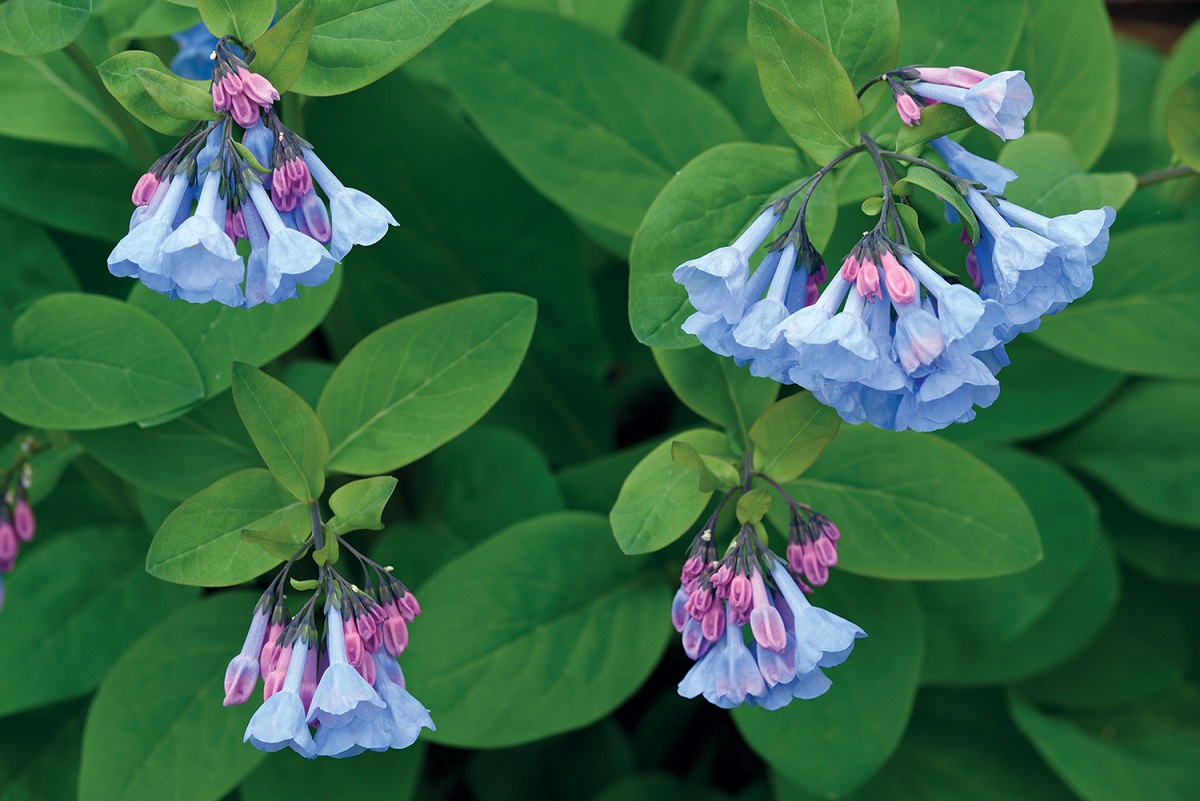

Plant Care & Gardening Tips
How Many Plant Species Are Native To Virginia
Modified: January 4, 2024
Discover the diverse range of plant species native to Virginia and get expert plant care and gardening tips to help them thrive in your garden. Explore the rich flora of Virginia and enhance your gardening skills today!
(Many of the links in this article redirect to a specific reviewed product. Your purchase of these products through affiliate links helps to generate commission for Storables.com, at no extra cost. Learn more)
**
Introduction
**
Welcome to the lush landscapes of Virginia, where the vibrant tapestry of native plant species adorns the natural environment. As an avid gardener or plant enthusiast, understanding the significance of native flora is crucial to fostering sustainable and thriving ecosystems. In this article, we will delve into the intriguing world of native plant species in Virginia, exploring their importance, the rich biodiversity they support, and the challenges they face. By the end, you will have a deeper appreciation for the native plant species that call Virginia home and the essential role they play in preserving the state's natural heritage.
Virginia's diverse terrain, encompassing coastal plains, rolling hills, and majestic mountains, provides a fertile ground for a wide array of native plant species to flourish. From the verdant woodlands to the tranquil wetlands, each ecosystem harbors its own unique botanical treasures, contributing to the rich tapestry of Virginia's natural beauty. As we embark on this journey to uncover the wonders of native plant species in Virginia, let's embrace the awe-inspiring beauty and ecological significance of these plants that have thrived in this region for centuries.
Throughout this exploration, we will also shed light on the challenges faced by native plant species, including the threats posed by invasive species, habitat loss, and climate change. Additionally, we will uncover the commendable conservation efforts aimed at preserving and restoring the delicate balance of Virginia's native flora. Join us as we embark on a captivating odyssey through the verdant landscapes of Virginia, celebrating the remarkable diversity and resilience of its native plant species.
So, grab your gardening gloves and get ready to unearth the captivating world of native plant species in Virginia, where each leaf, petal, and stem tells a story of resilience, adaptation, and the enduring beauty of the natural world.
Key Takeaways:
- Virginia is home to over 3,500 native plant species, contributing to the state’s rich biodiversity and ecological resilience. These plants play a crucial role in supporting local wildlife and preserving the natural balance of the environment.
- Conservation efforts are essential to safeguarding Virginia’s native plant species. Through habitat protection, public engagement, and policy initiatives, dedicated individuals and organizations are working tirelessly to ensure the long-term survival of these botanical treasures.
Importance of Native Plant Species
Native plant species are the cornerstone of a healthy and sustainable ecosystem, playing a pivotal role in supporting local wildlife, enriching soil fertility, and preserving the natural balance of the environment. In Virginia, the significance of native plant species extends far beyond their aesthetic appeal, encompassing a myriad of ecological, cultural, and practical benefits.
One of the primary reasons for valuing native plant species lies in their coevolution with local wildlife. These plants have developed intricate relationships with native pollinators, such as bees, butterflies, and birds, providing them with essential nectar, pollen, and shelter. As a result, native plant species contribute to the biodiversity of Virginia’s ecosystems, fostering a delicate web of interdependence between plants and wildlife.
Moreover, native plant species are adept at adapting to the local climate and soil conditions, requiring minimal maintenance once established. Their resilience and ability to thrive in their native habitat make them an ideal choice for sustainable landscaping, reducing the need for excessive water, fertilizers, and pesticides. By incorporating native plants into gardens and green spaces, individuals can contribute to the conservation of water resources and minimize the environmental impact of traditional landscaping practices.
Beyond their ecological significance, native plant species hold cultural and historical value, serving as a living link to Virginia’s heritage. Many native plants have been utilized by indigenous communities for medicinal, culinary, and ceremonial purposes, embodying the deep connection between people and the land. By preserving and cultivating native plant species, we honor the traditions and knowledge passed down through generations, fostering a sense of stewardship for the natural world.
From a practical standpoint, native plant species offer a sustainable solution for landscaping and gardening, enhancing the aesthetic appeal of outdoor spaces while promoting environmental sustainability. By creating habitat corridors and food sources for local wildlife, native plant gardens contribute to the overall health of the ecosystem, supporting the delicate balance of nature.
As we celebrate the intrinsic value of native plant species in Virginia, it becomes evident that their preservation is essential for maintaining the ecological integrity and resilience of the region’s diverse landscapes. By recognizing and promoting the importance of native plant species, we can cultivate a deeper appreciation for the natural heritage of Virginia and contribute to the preservation of its unique and irreplaceable ecosystems.
Biodiversity in Virginia
Virginia’s rich biodiversity encompasses a captivating tapestry of ecosystems, each teeming with a diverse array of flora and fauna. From the verdant forests of the Appalachian Mountains to the serene wetlands of the Chesapeake Bay, the state’s varied topography fosters an abundance of habitats that support an impressive range of plant species. This remarkable diversity not only contributes to the state’s natural beauty but also plays a vital role in sustaining healthy ecosystems and preserving ecological balance.
One of the defining features of Virginia’s biodiversity is the presence of distinct ecoregions, each characterized by its unique combination of climate, soil, and vegetation. The state is home to the Appalachian Plateau, Ridge and Valley, Blue Ridge, Piedmont, and Coastal Plain ecoregions, each harboring its own assemblage of native plant species adapted to the specific environmental conditions. This ecological variety gives rise to an intricate tapestry of plant life, from the majestic tulip poplars and towering oaks of the upland forests to the delicate wildflowers that carpet the meadows and woodlands.
Furthermore, Virginia’s waterways, including rivers, streams, and estuaries, provide vital aquatic habitats that support an array of aquatic and riparian plant species. The lush vegetation along the banks of these water bodies not only stabilizes the soil and prevents erosion but also provides critical habitat for amphibians, fish, and aquatic invertebrates. The integration of aquatic and terrestrial ecosystems contributes to the overall biodiversity of the state, creating interconnected habitats that sustain a multitude of plant species.
Virginia’s diverse plant communities also play a crucial role in supporting the state’s wildlife, providing food, shelter, and nesting sites for a wide range of animal species. Native plant species, such as milkweeds, coneflowers, and native grasses, serve as essential resources for pollinators, including butterflies and bees, while also offering forage for herbivorous mammals and nesting sites for birds. The interdependence between plant and animal species underscores the intricate web of life that characterizes Virginia’s biodiverse landscapes.
As we marvel at the breathtaking natural landscapes of Virginia, it becomes evident that the state’s biodiversity is a testament to the resilience and interconnectedness of its ecosystems. By nurturing and preserving the diverse plant species that grace its woodlands, meadows, and waterways, Virginia sustains a living legacy of ecological richness, ensuring that future generations can continue to marvel at the splendor of its natural heritage.
Defining Native Plant Species
Native plant species, in the context of Virginia’s flora, refer to plants that have naturally occurred in the region for thousands of years, evolving and adapting to the local environmental conditions without human intervention. These plants have established intricate relationships with the native wildlife, soil, and climate of Virginia, forming an integral part of the state’s natural ecosystems. The concept of native plant species is not limited to a specific geographic boundary but encompasses the plants that have historically thrived in the area prior to significant human alterations of the landscape.
One of the defining characteristics of native plant species is their ability to thrive in their original habitat without becoming invasive or disrupting the ecological balance. These plants have evolved specific adaptations to the local climate, soil types, and ecological communities, making them well-suited to their native environments. Their presence contributes to the overall stability and resilience of Virginia’s ecosystems, providing essential ecological functions and supporting the interconnected web of life.
It is important to distinguish native plant species from non-native or exotic species, which are introduced to a region through human activities, such as trade, horticulture, or accidental transport. While some non-native plants may coexist without causing significant ecological harm, others have the potential to outcompete native species, leading to habitat degradation and loss of biodiversity. In contrast, native plant species have coevolved with the local fauna and flora, forming intricate ecological relationships that contribute to the overall health and sustainability of Virginia’s natural landscapes.
Furthermore, native plant species are an essential component of preserving the unique character and identity of Virginia’s natural heritage. These plants embody the region’s ecological history, reflecting the complex interactions between geological, climatic, and biological processes that have shaped the state’s landscapes over millennia. By conserving and restoring native plant species, we uphold the intrinsic value of Virginia’s biodiversity and safeguard the irreplaceable legacy of its indigenous flora.
As stewards of the natural world, recognizing the significance of native plant species is paramount to nurturing sustainable and resilient ecosystems. By cultivating an understanding of the intricate relationships between native plants, wildlife, and the environment, we can foster a deeper appreciation for the ecological richness and diversity that defines Virginia’s botanical tapestry.
Virginia is home to over 3,500 native plant species. You can find a variety of trees, wildflowers, and shrubs throughout the state.
Number of Native Plant Species in Virginia
Virginia’s diverse landscapes provide a hospitable environment for a remarkable array of native plant species, contributing to the state’s botanical richness and ecological diversity. The flora of Virginia encompasses a vast spectrum of plant families, genera, and species, each playing a unique role in shaping the region’s natural ecosystems. While the exact number of native plant species in Virginia is subject to ongoing botanical research and discovery, current estimates indicate a substantial and varied assemblage of indigenous flora.
According to the Virginia Department of Conservation and Recreation’s Division of Natural Heritage, the state is home to over 3,500 native vascular plant species, representing a wide range of herbaceous plants, shrubs, and trees. This diverse botanical wealth encompasses a myriad of ecological niches, from the verdant forests of the Appalachian Mountains to the coastal marshes and wetlands along the Chesapeake Bay. The botanical diversity of Virginia reflects the intricate interplay of geological history, climate, and ecological processes that have shaped the state’s landscapes over millennia.
Furthermore, Virginia’s native plant species exhibit a remarkable degree of endemism, with many species being restricted to specific habitats or geographic regions within the state. The presence of endemic plant species underscores the unique ecological heritage of Virginia, highlighting the evolution of distinct plant communities adapted to the state’s varied ecoregions. From the rare and delicate wildflowers that grace the Shenandoah Valley to the ancient stands of longleaf pines in the southeastern coastal plain, Virginia’s native flora embodies a rich tapestry of botanical diversity.
It is important to note that the number of native plant species in Virginia continues to be refined through ongoing botanical surveys, taxonomic studies, and ecological assessments. As scientists and conservationists delve deeper into the state’s natural landscapes, new plant species are discovered, and our understanding of existing species is enriched. This dynamic process of exploration and discovery adds to the allure of Virginia’s botanical heritage, unveiling the hidden treasures of its native flora.
As we celebrate the botanical splendor of Virginia, it is evident that the state’s native plant species form an essential foundation for its ecological resilience and natural beauty. By recognizing and preserving the diverse array of native flora, we honor the intricate tapestry of life that defines Virginia’s landscapes, ensuring that future generations can continue to marvel at the botanical wonders of the Old Dominion.
Read more: What Native Plant Species Are In Oregon
Threats to Native Plant Species
Virginia’s native plant species face a myriad of challenges that jeopardize their long-term survival and ecological integrity. These threats, stemming from human activities, environmental changes, and invasive species, pose significant risks to the delicate balance of the state’s natural ecosystems. Understanding and addressing these threats is essential to safeguarding the irreplaceable botanical heritage of Virginia and preserving the vitality of its native plant species.
Habitat loss and fragmentation represent one of the most pressing threats to native plant species in Virginia. Urbanization, agricultural expansion, and infrastructure development have led to the degradation and destruction of critical habitats, diminishing the available space for native flora to thrive. As natural areas are fragmented and isolated, the ability of plant species to disperse, establish new populations, and adapt to changing environmental conditions is severely compromised, leading to a decline in genetic diversity and resilience.
Furthermore, the introduction and spread of invasive plant species pose a significant challenge to the well-being of Virginia’s native flora. Invasive plants, often introduced from other regions or countries, can outcompete native species for resources, disrupt ecological processes, and alter the structure of natural communities. The aggressive nature of invasive plants poses a direct threat to the survival of native species, leading to the displacement of indigenous flora and the degradation of native habitats.
Climate change represents a growing concern for the resilience of native plant species in Virginia. Shifts in temperature, precipitation patterns, and extreme weather events can impact the distribution, phenology, and reproductive success of native plants, potentially leading to range contractions or local extinctions. Additionally, changes in climate conditions may favor the expansion of invasive species, further exacerbating the challenges faced by native flora in adapting to a rapidly changing environment.
Human activities, such as overexploitation, unsustainable land management practices, and pollution, also contribute to the degradation of native plant habitats and the disruption of ecological processes. Fragmentation of natural landscapes, alteration of fire regimes, and the suppression of natural disturbances can further compound the threats faced by native plant species, leading to a decline in overall biodiversity and ecological resilience.
Addressing these threats requires a concerted effort to conserve and restore the habitats that support Virginia’s native plant species, implement sustainable land management practices, and mitigate the impacts of invasive species and climate change. By fostering a deeper understanding of the challenges faced by native flora and advocating for their protection, we can work towards ensuring the continued existence and vitality of Virginia’s botanical treasures.
Conservation Efforts
Conservation efforts aimed at preserving Virginia’s native plant species are instrumental in safeguarding the state’s ecological heritage and fostering the resilience of its natural ecosystems. Through a combination of scientific research, habitat restoration, public outreach, and policy initiatives, dedicated organizations and individuals are working tirelessly to protect and restore the diverse array of native flora that grace Virginia’s landscapes.
One of the cornerstone efforts in native plant conservation involves the identification and protection of critical habitats that support a rich diversity of indigenous flora. Conservation organizations, state agencies, and land trusts collaborate to designate and manage natural areas, including state parks, wildlife management areas, and nature preserves, where native plant species can thrive undisturbed. By preserving these vital habitats, conservationists ensure the long-term viability of native plant populations and the ecological processes that sustain them.
Additionally, botanical gardens, arboreta, and seed banks play a crucial role in native plant conservation by maintaining living collections of rare and endangered species, conducting research on propagation techniques, and providing educational programs to raise awareness about the value of native flora. These institutions serve as repositories of botanical diversity, contributing to the conservation of genetic resources and the reintroduction of native plant species into restored habitats.
Community engagement and citizen science initiatives also form an integral part of native plant conservation efforts in Virginia. Volunteer programs, native plant sales, and educational workshops empower individuals to participate in habitat restoration projects, monitor rare plant populations, and advocate for the protection of natural areas. By fostering a sense of stewardship and connection to the land, these grassroots efforts contribute to the broader conservation goals and promote the appreciation of Virginia’s native plant species.
Furthermore, legislative measures and policy frameworks are instrumental in supporting native plant conservation and habitat protection. State and federal agencies collaborate to enact regulations, land-use planning strategies, and conservation incentives aimed at preserving critical habitats, mitigating the impacts of invasive species, and addressing the challenges posed by climate change. These policy initiatives provide a framework for sustainable land management practices and the integration of native plant conservation into broader environmental conservation efforts.
Ultimately, the success of native plant conservation in Virginia hinges on the collaboration and commitment of diverse stakeholders, including government agencies, conservation organizations, landowners, and the general public. By fostering a collective ethos of stewardship and ecological responsibility, these conservation efforts strive to ensure that the botanical treasures of Virginia continue to thrive for generations to come, enriching the state’s natural landscapes and sustaining its ecological resilience.
Conclusion
As we conclude our exploration of native plant species in Virginia, we are reminded of the profound significance of these botanical treasures and the imperative to safeguard their ecological integrity. The natural landscapes of Virginia, with their diverse ecosystems and rich botanical diversity, are a testament to the resilience and interconnectedness of the state’s native flora and the intricate web of life that they support.
Native plant species, with their ability to coexist harmoniously with local wildlife, adapt to the region’s climate and soil conditions, and contribute to the cultural and historical fabric of Virginia, hold a profound ecological and aesthetic value. Their preservation is essential for sustaining healthy ecosystems, supporting biodiversity, and maintaining the unique character of the state’s natural heritage.
However, the challenges faced by native plant species, including habitat loss, invasive species, and the impacts of climate change, underscore the urgency of conservation efforts aimed at protecting Virginia’s botanical legacy. Through collaborative initiatives, scientific research, habitat restoration, and public engagement, dedicated individuals and organizations are working tirelessly to ensure the long-term survival of native plant species and the resilience of the state’s natural ecosystems.
By fostering a deeper understanding of the ecological importance and cultural significance of native plant species, we can cultivate a sense of stewardship and responsibility towards the preservation of Virginia’s botanical heritage. Through sustainable land management practices, habitat protection, and advocacy for native plant conservation, we can contribute to the enduring vitality of Virginia’s natural landscapes and the irreplaceable botanical treasures they harbor.
As we look to the future, it is imperative that we continue to celebrate, protect, and restore the diverse array of native plant species that grace Virginia’s woodlands, meadows, and wetlands. By doing so, we honor the intricate tapestry of life that defines the Old Dominion, ensuring that its natural landscapes continue to inspire, enrich, and sustain the well-being of present and future generations.
So, let us embrace the awe-inspiring beauty of Virginia’s native plant species, recognizing them as the living threads that weave together the ecological, cultural, and aesthetic fabric of the state’s natural heritage. In doing so, we embark on a journey of stewardship, conservation, and appreciation, ensuring that the botanical treasures of Virginia endure as a testament to the enduring vitality of the natural world.
Frequently Asked Questions about How Many Plant Species Are Native To Virginia
Was this page helpful?
At Storables.com, we guarantee accurate and reliable information. Our content, validated by Expert Board Contributors, is crafted following stringent Editorial Policies. We're committed to providing you with well-researched, expert-backed insights for all your informational needs.
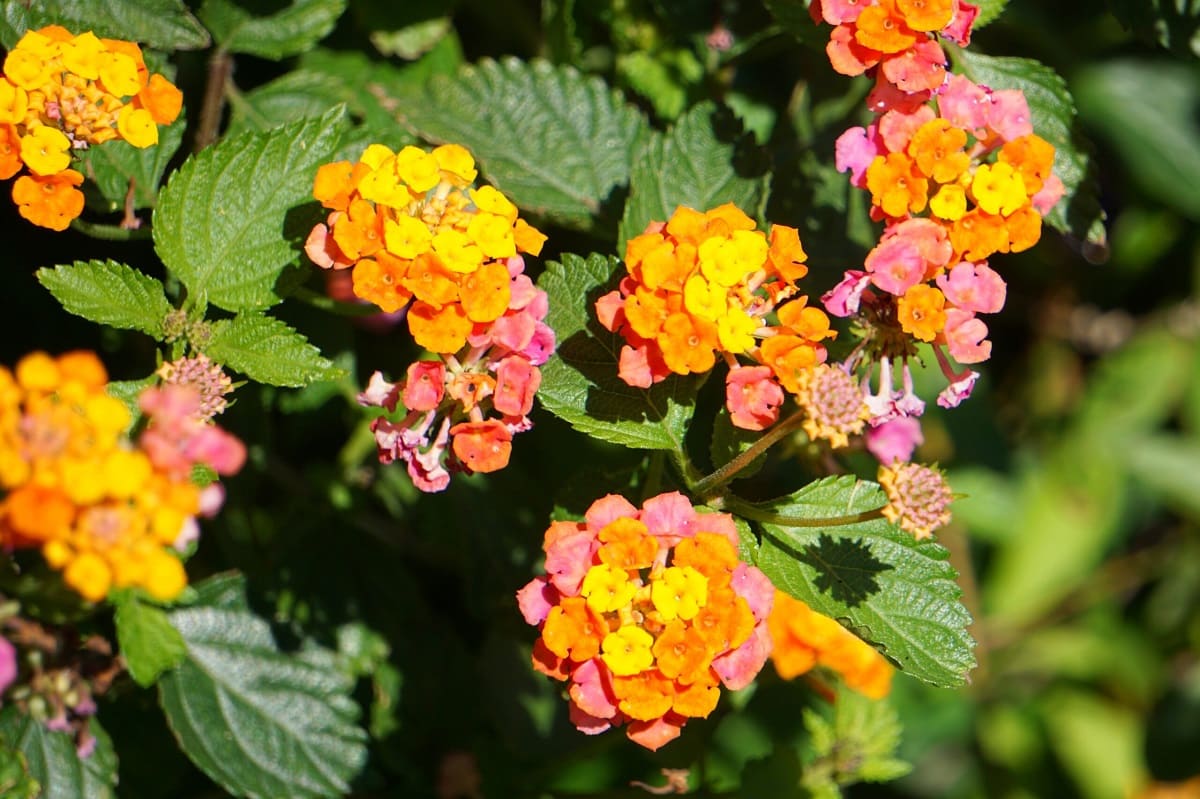
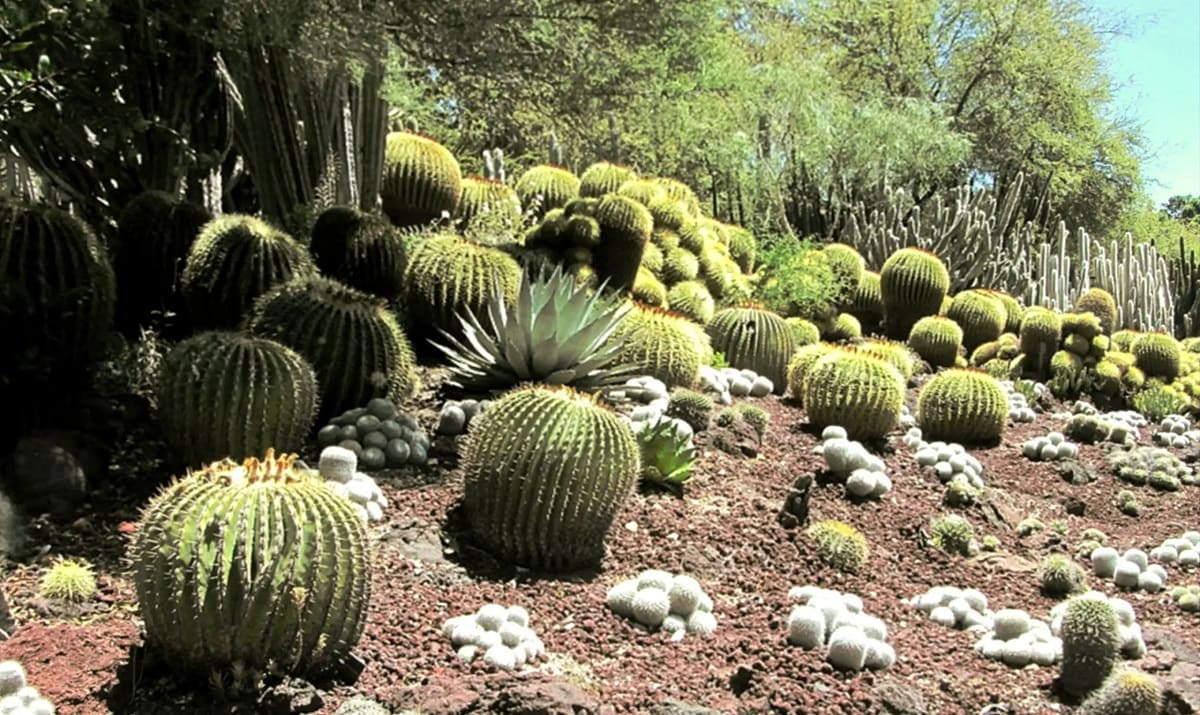
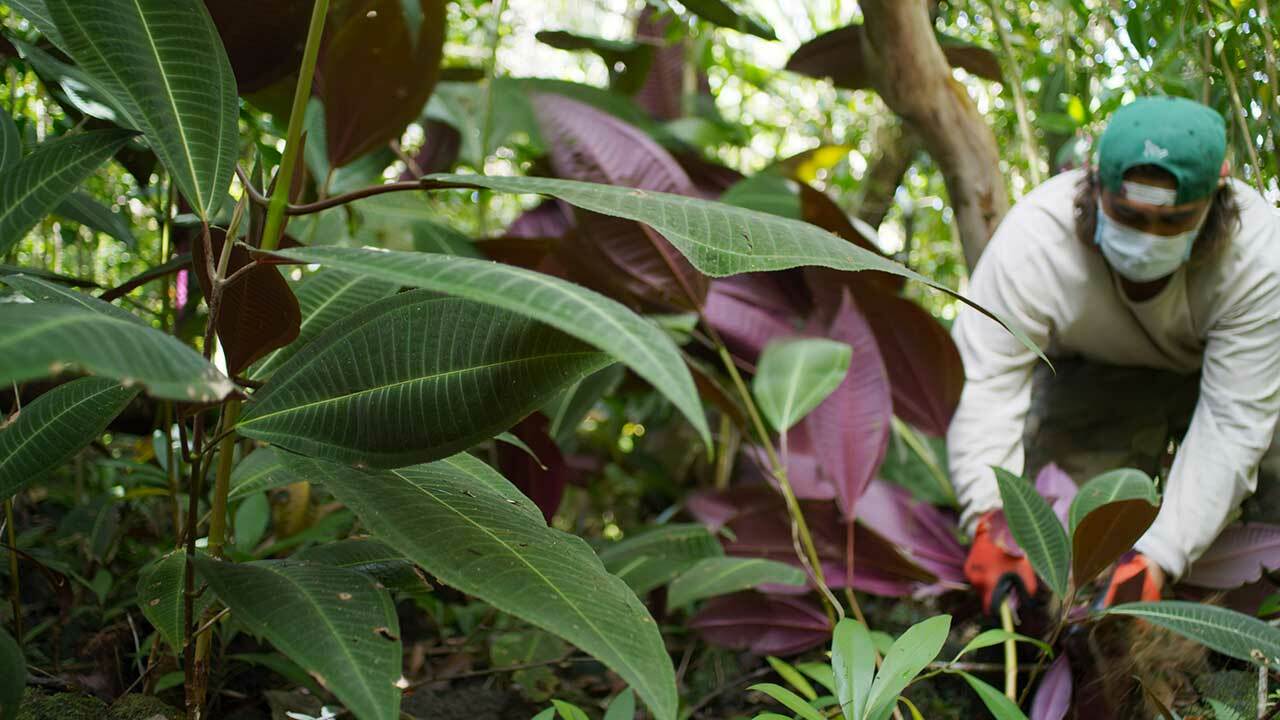
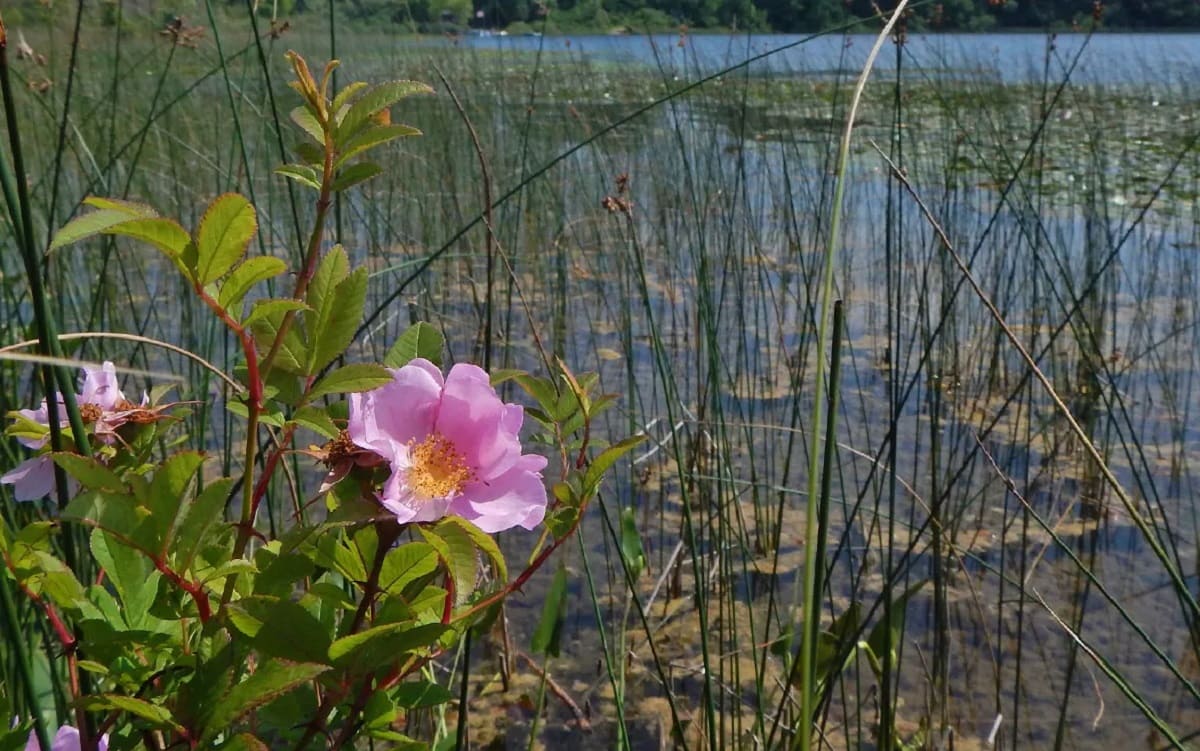
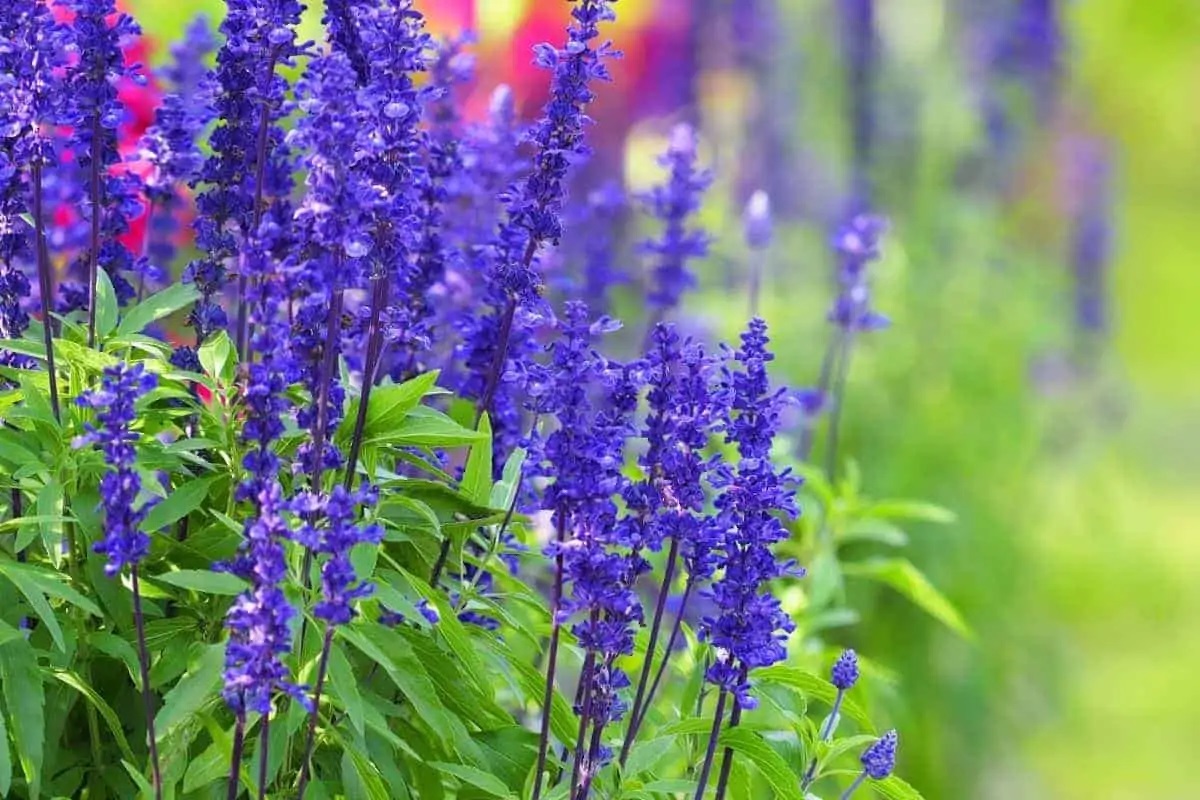
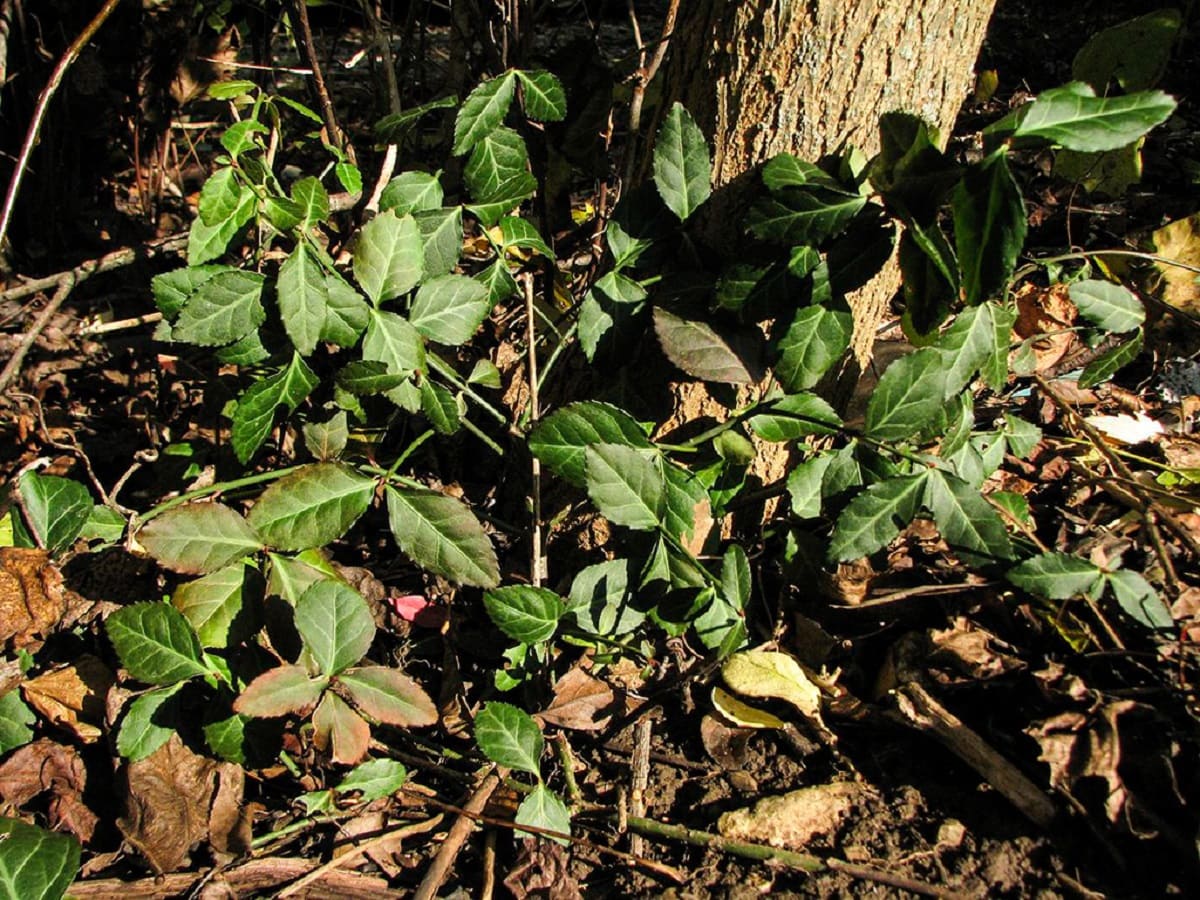
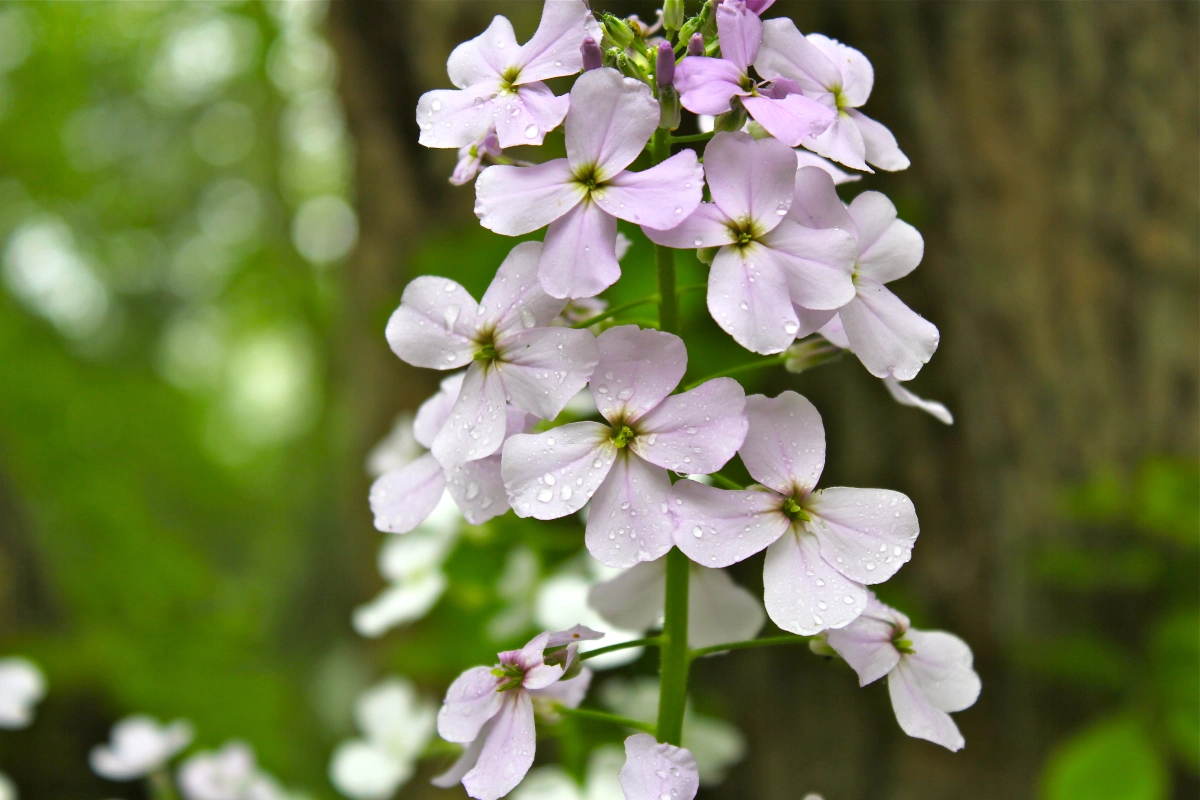
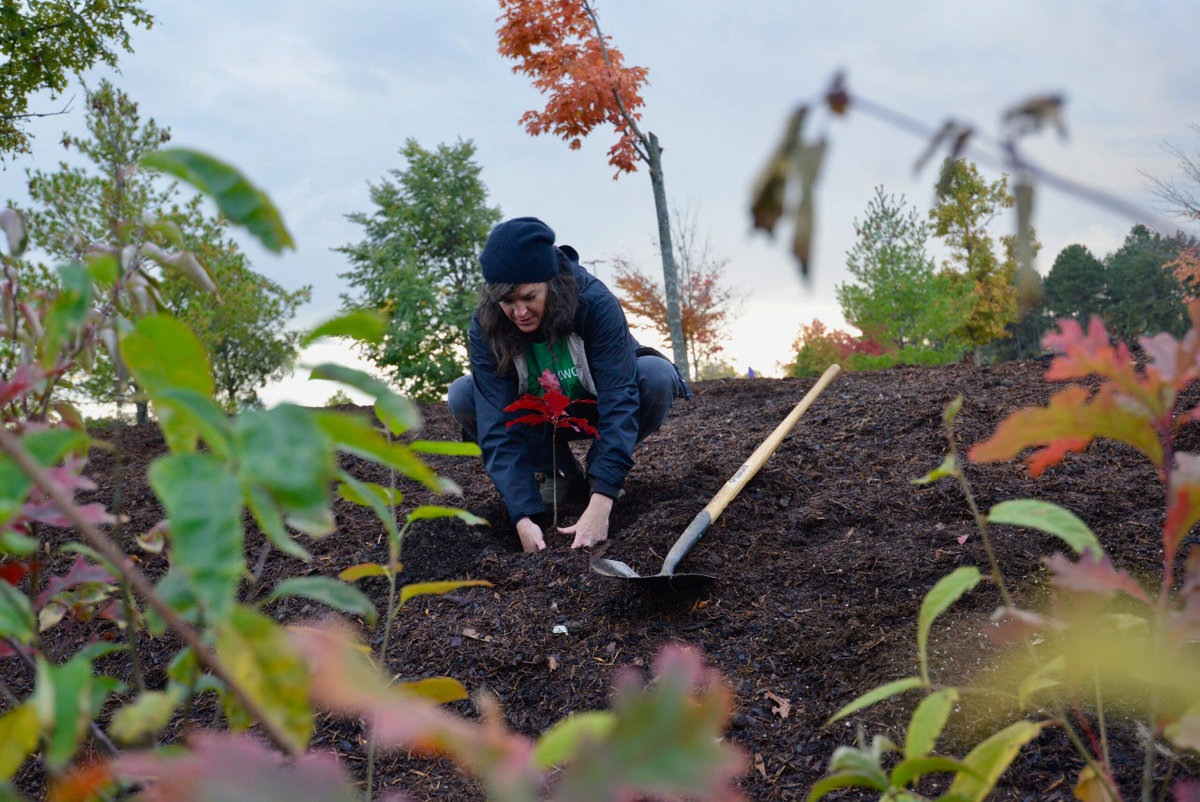
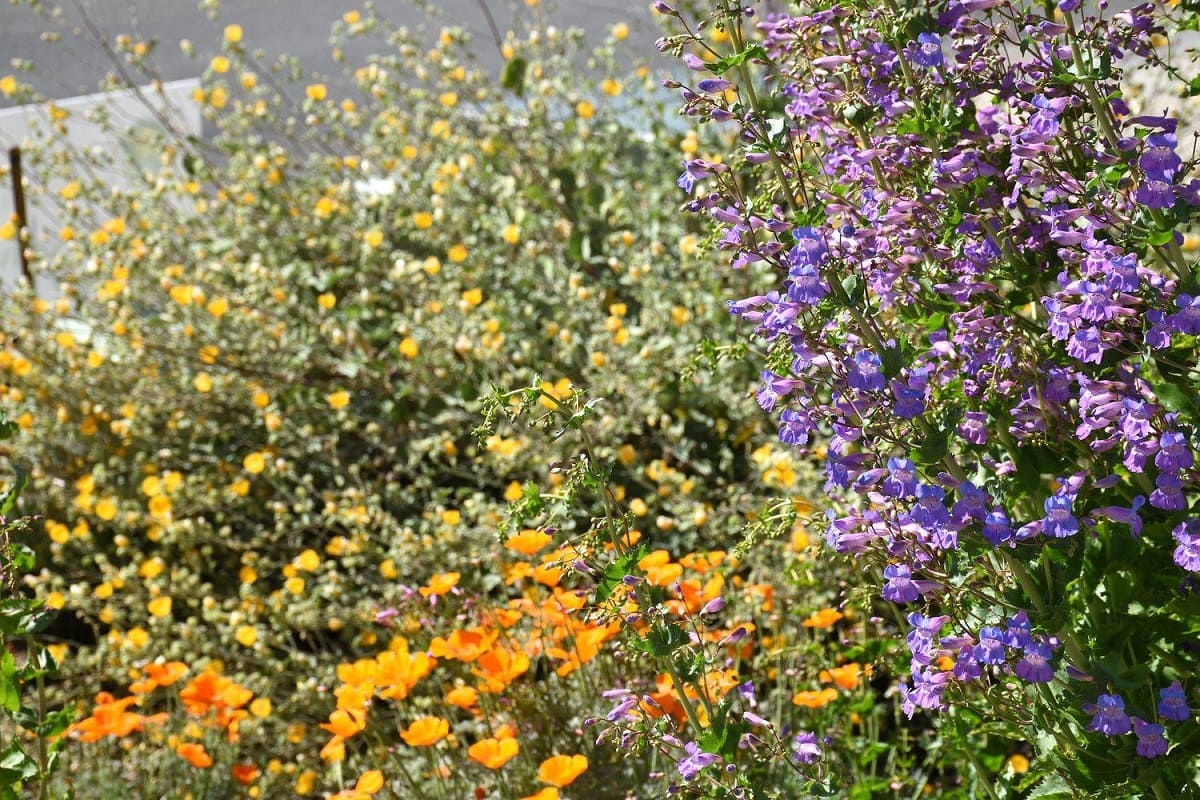
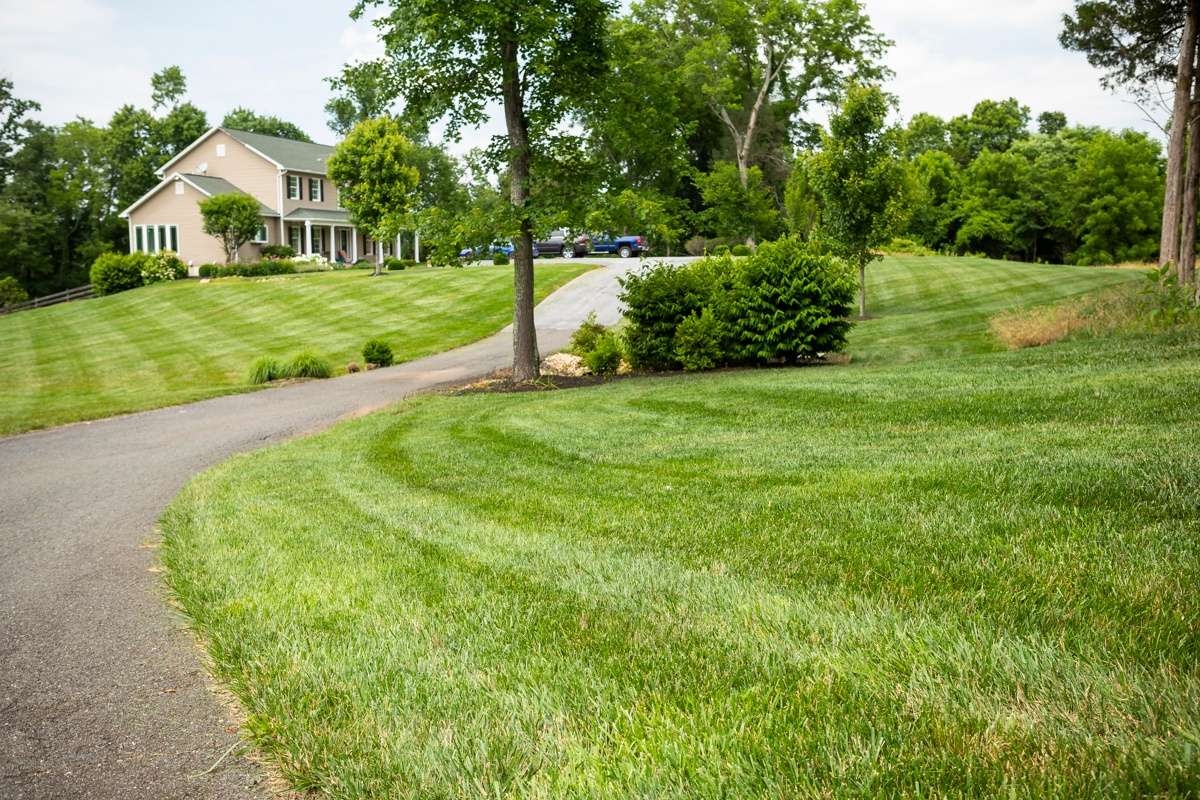
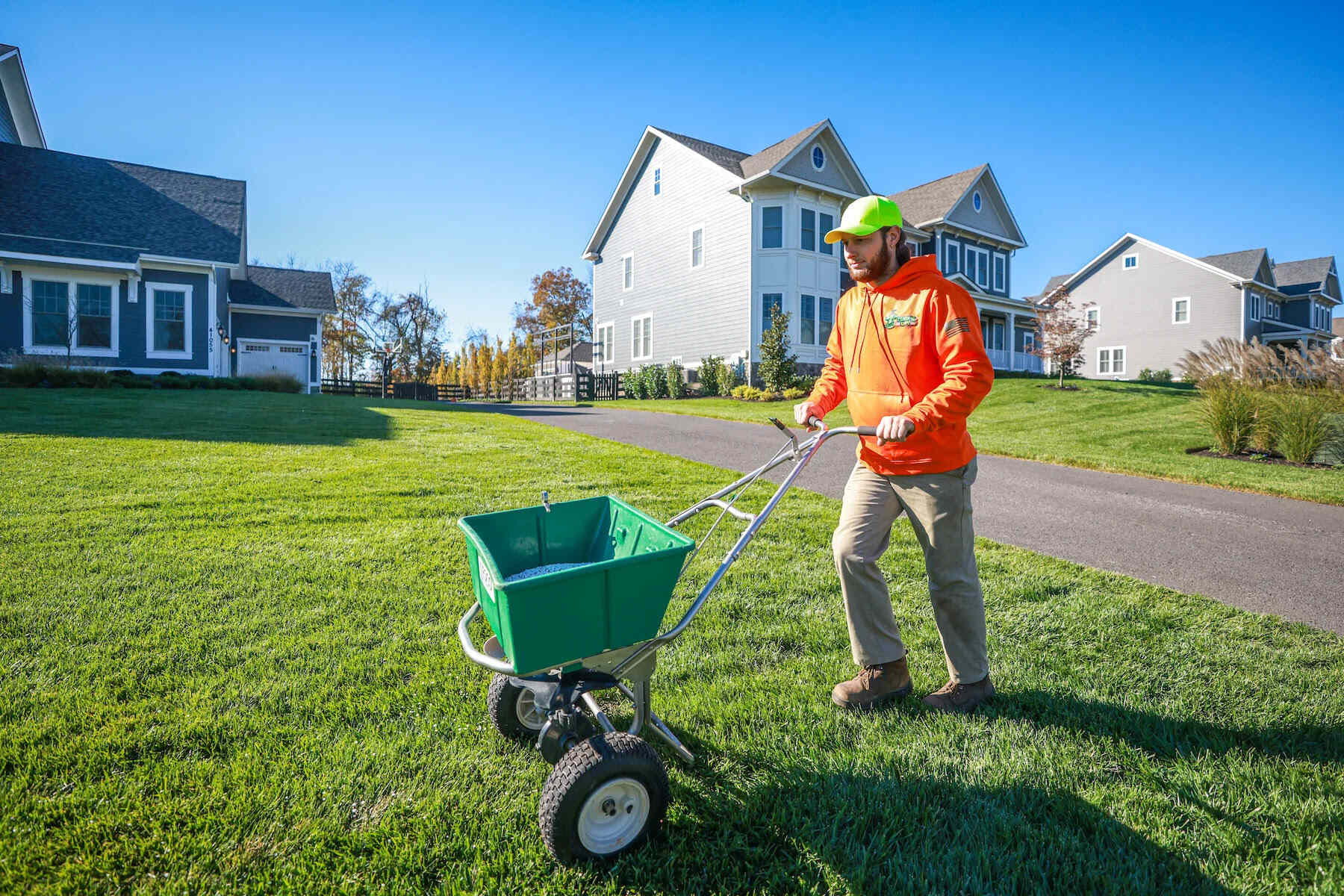
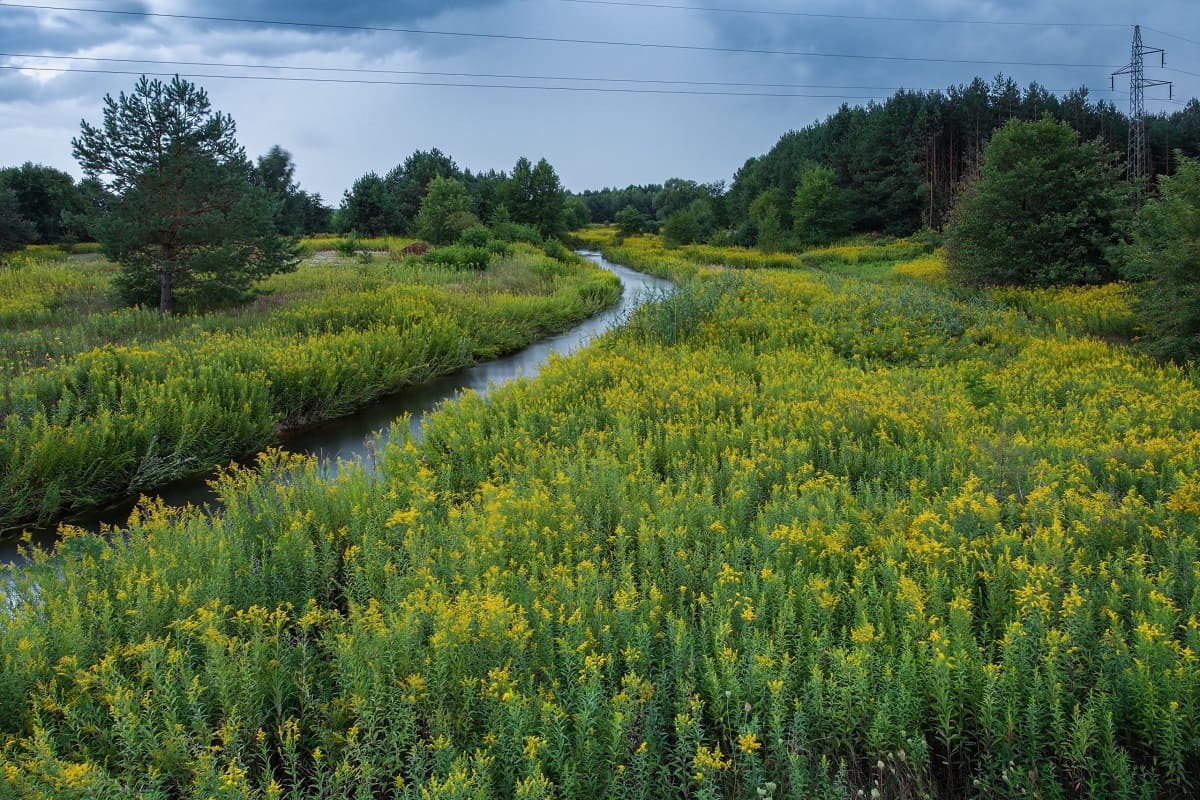
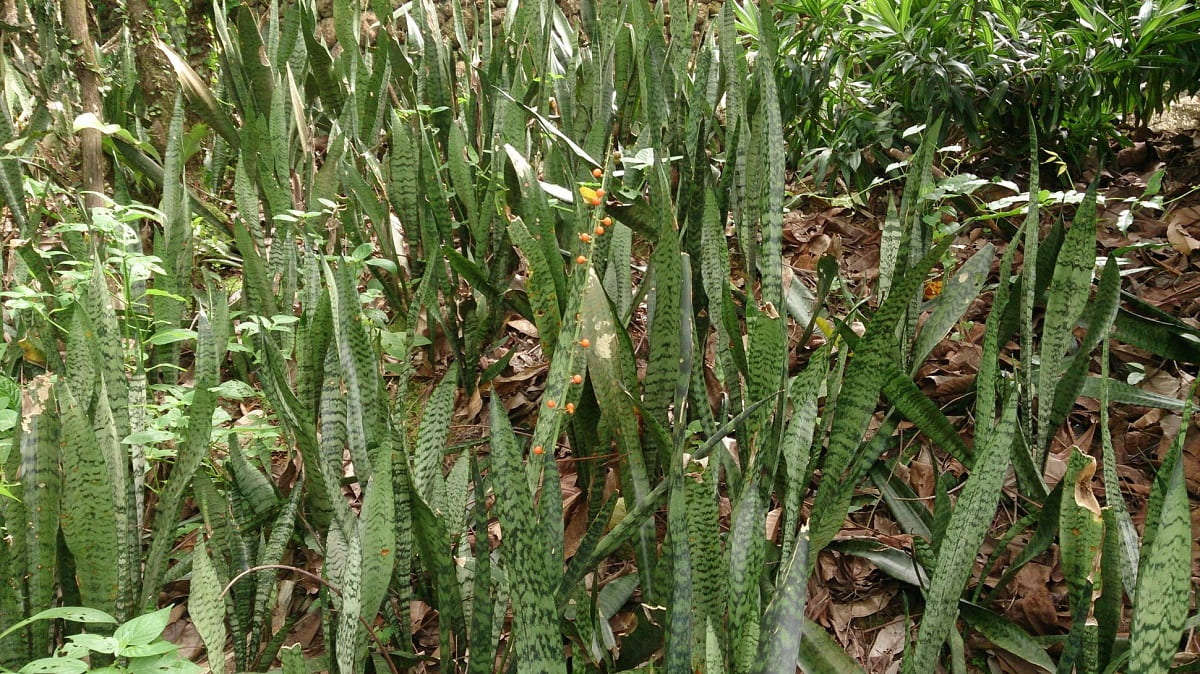
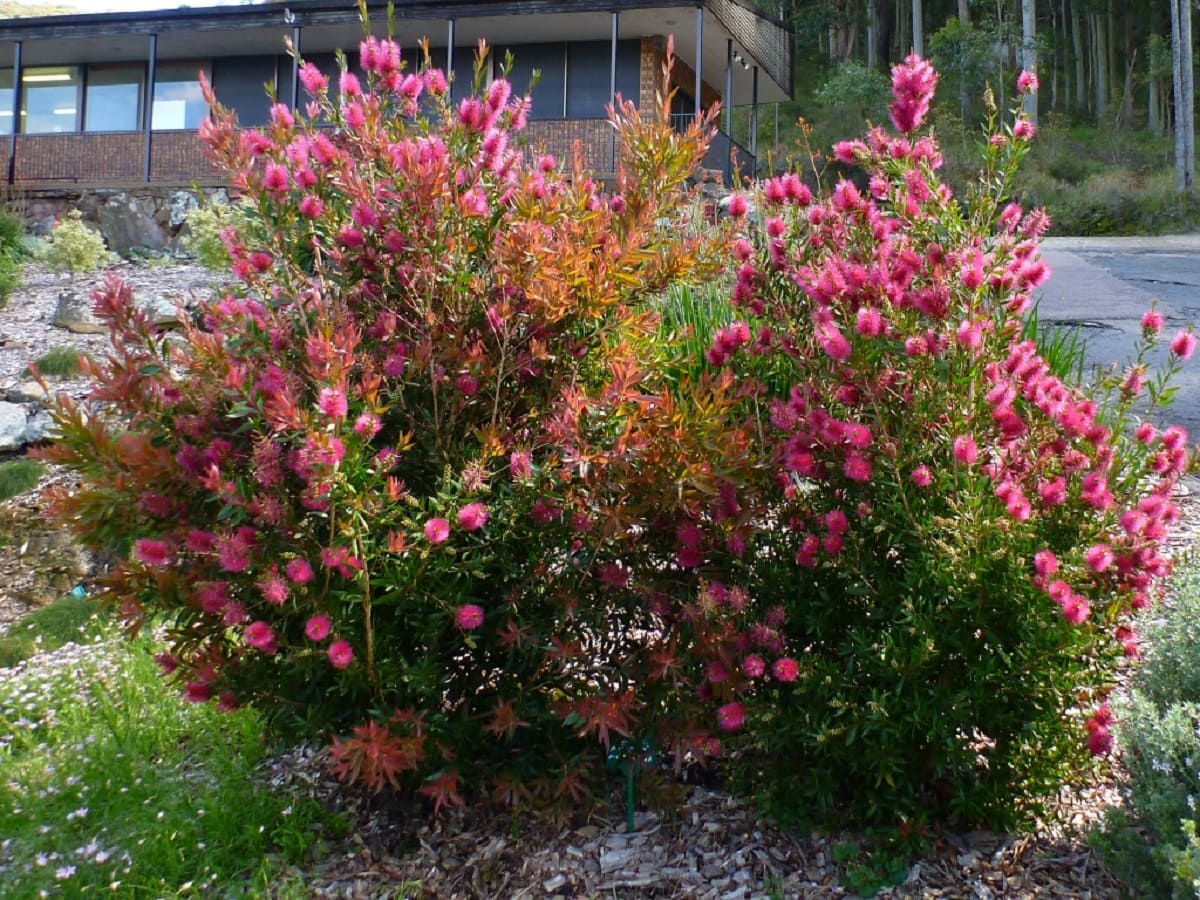

0 thoughts on “How Many Plant Species Are Native To Virginia”